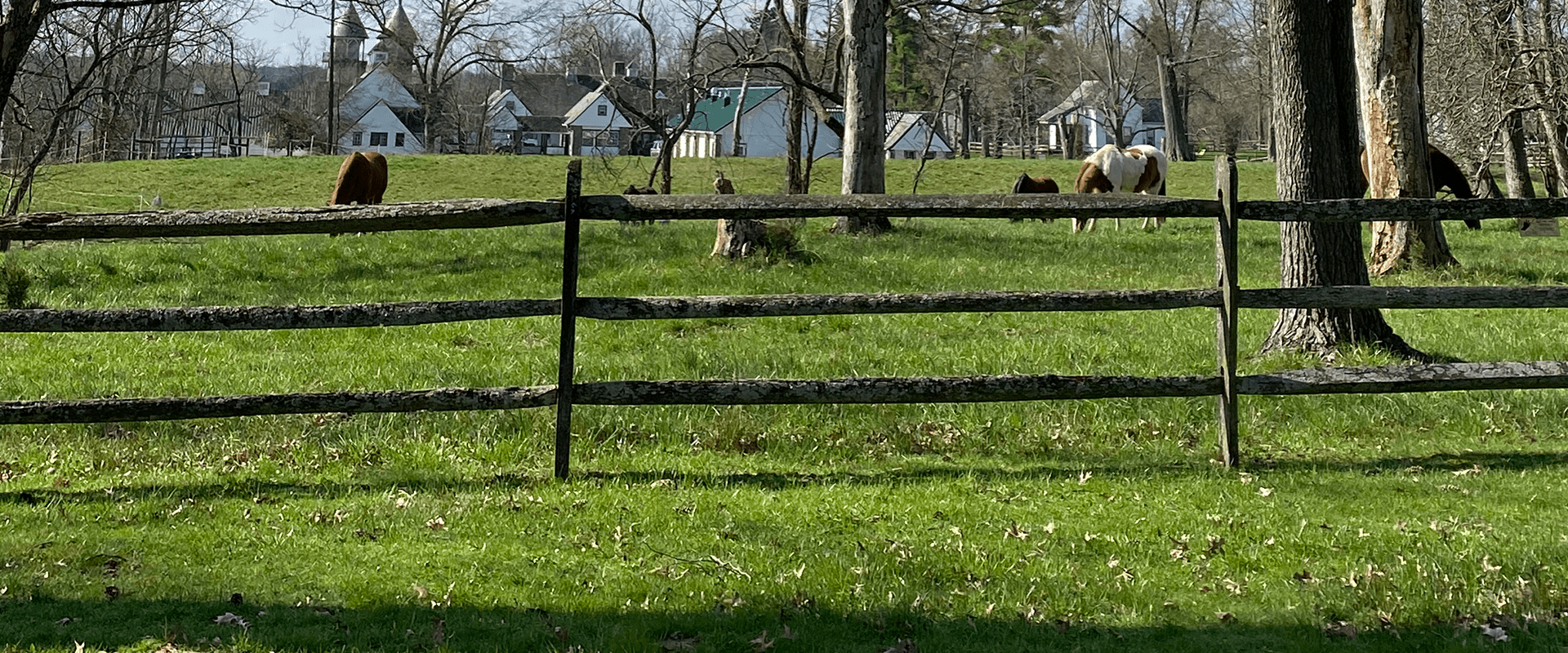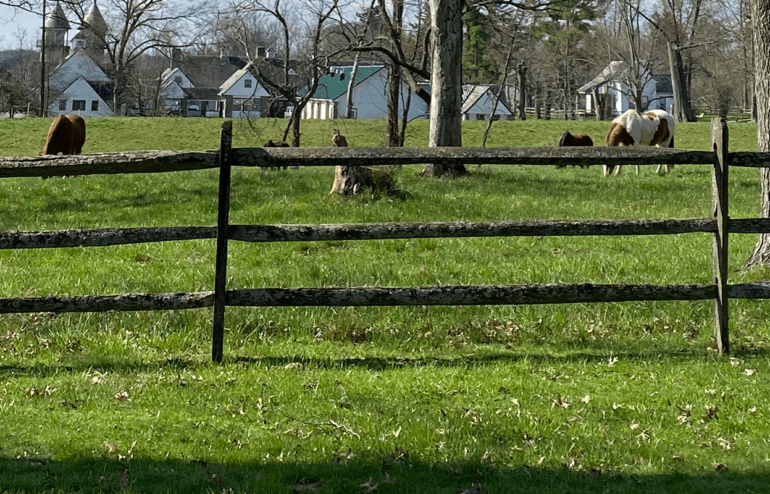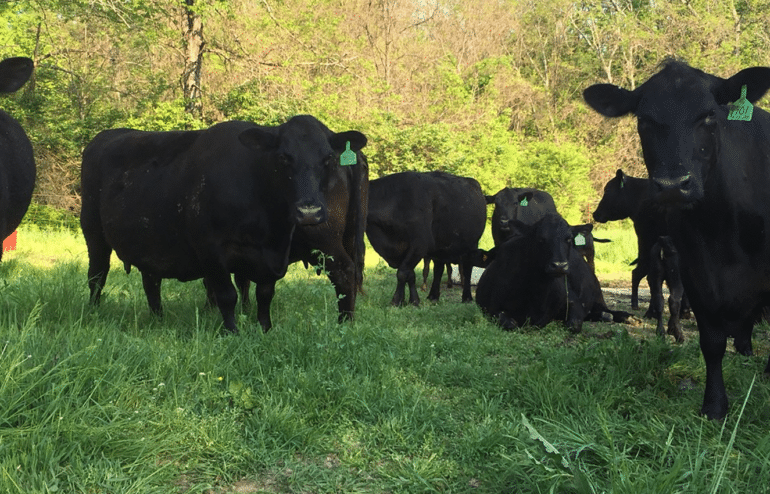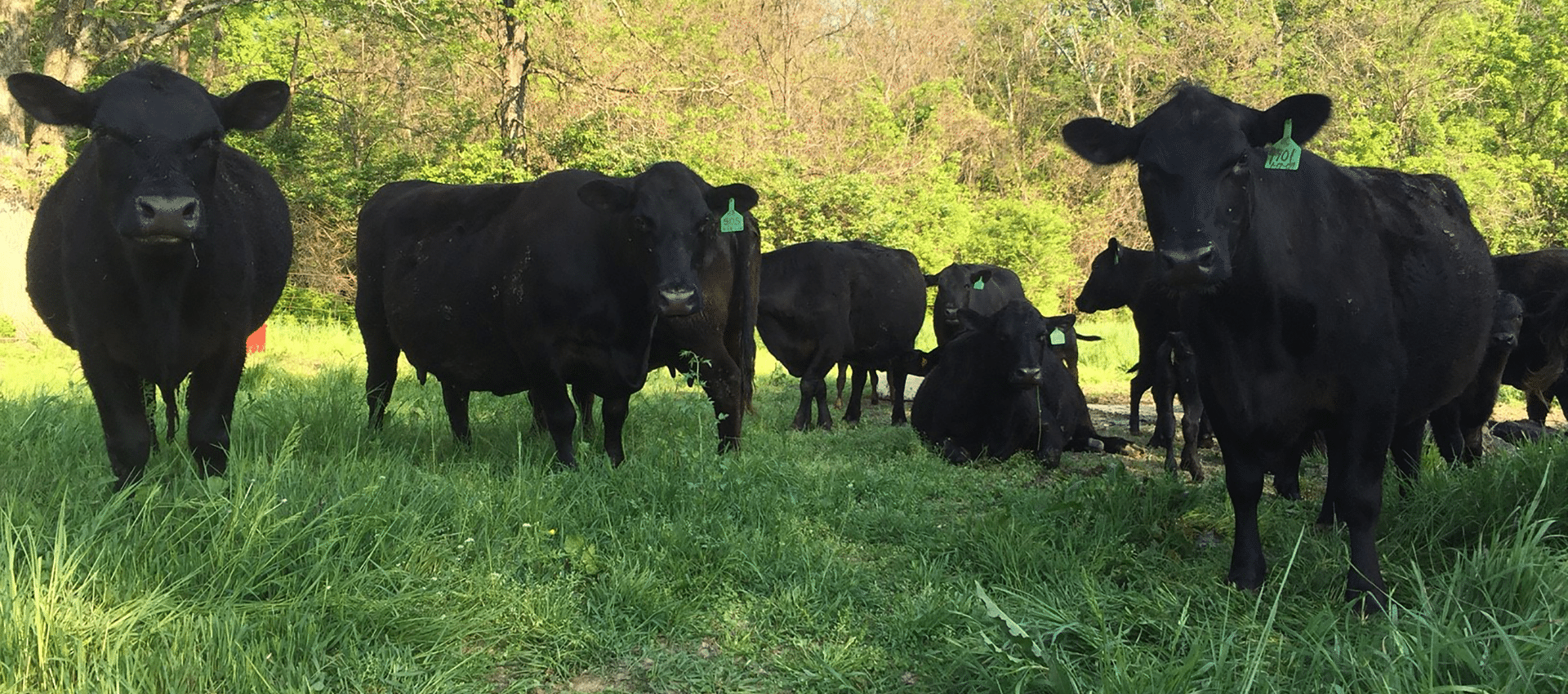
Neighbors Helping Neighbors
Supporting the community through education and preservation are foundational values of the Greenacres Foundation and the Cincinnati Zoo & Botanical Garden. With values so closely aligned, it is only natural that these organizations trade ideas, support each other, and have coexisted for over 30 years. Because of this strong relationship, when Greenacres saw their neighbor in need, they were quick to respond.
“While Greenacres was making the decision to donate $1 million to support local organizations during this crisis, the Zoo was high on our list.” said Carter Randolph, Greenacres President. “They hadn’t asked us for help, but we knew that a potential shutdown order was going to have a major impact on their business and would drastically impact their revenue, but the cost of maintaining the animals would not change. Our founders, Louis and Louise Nippert, believed in the Zoo’s mission and offered support whenever it was needed. So we asked ourselves “What would the Nipperts do?”.
The answer was obvious and within days of Governor DeWine officially declaring a stay-at-home order, Greenacres donated $150,000 to the Zoo. It was a much needed surprise for the Zoo as they were just starting to seek assistance in managing their upkeep costs. “Greenacres was the first to give a gift to support our Emergency Operating Fund. It was a shot in the arm that inspired us to move forward and garner support from other groups.” said Cincinnati Zoo Director, Thane Maynard.
Brighter Days Ahead
Both organizations have had to cancel or postpone in-person field trips and events until at least May, but are adjusting to the changes by offering educational opportunities and experiences via digital outlets. “Our world changed and we have to find a way to continue to transform and enhance the lives of the 30,000 children who visit Greenacres annually without in person visits. Virtual learning opportunities are being developed by our staff and while they provide a great resource nothing can replace the impact on a child of a walk through a Beech Maple forest, collecting warm eggs from under a chicken, standing within a few feet of a mother cow or expressing their impression of the wonders of Greenacres through a song.” said Randolph. The two organizations look forward to welcoming visitors back as soon as the public health risks subside and to many more years of working together.



